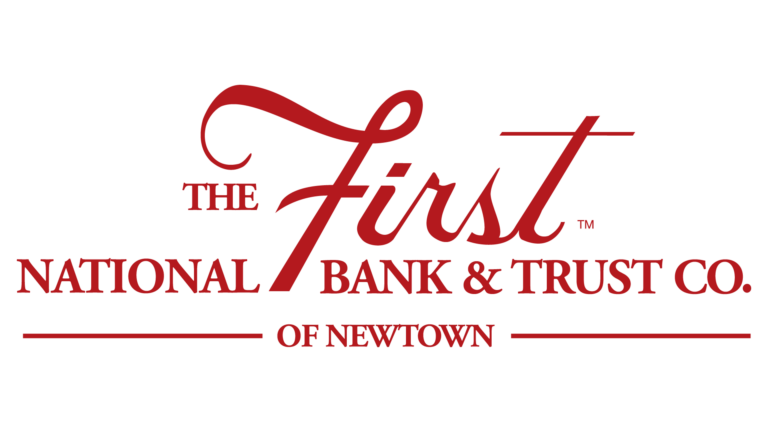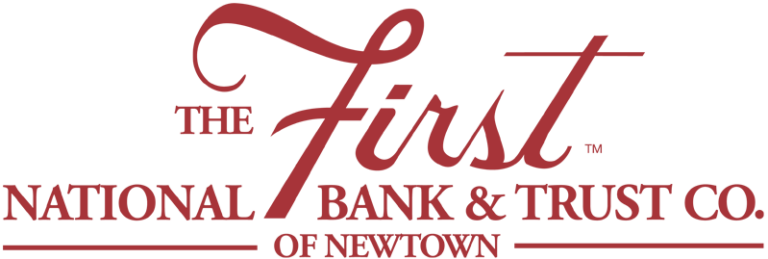A recent CNN Money survey found that 77% of parents plan to pay for their child’s college education. If you’re part of this group, it’s never too early to learn more about college savings options.
529 Account
This type of savings plan was established under Section 529 of the Internal Revenue Service Code to help parents invest tax deferred dollars into an account for their child’s education. If the money is used to send your child to a qualified college or university, funds withdrawn are free from federal taxes. 529 plans are administered by individual U.S. states, but you’re not tied to the plan offered by your home state. Some states provide more advantages than others, so don’t hesitate to shop around.
529 funds can also be used at qualified trade schools, graduate schools and special needs schools. If the account’s beneficiary doesn’t attend any type of school after high school, you can change the account beneficiary to one of your other children or an eligible relative without incurring taxes or penalties. 529 funds not used for education are subject to taxes and a 10% penalty on profits when you withdraw them.
Education Savings Account
An Education Savings Account (ESA) may be used to pay for college, but it may also be used to pay for private school during your child’s primary and secondary education. Also known as a Coverdell Education Savings Account, an ESA allows you to deposit up to $2,000 per year for an eligible beneficiary without taxes on the account’s interest, dividends or appreciation. Note: these tax advantages apply only if the beneficiary uses the money for qualified educational expenses. Funds must be used by age 30 and all contributions must be made before the child turns 18. There is an exception for special needs children allowing ESA contributions after age 18 and use of account funds after age 30.
A major advantage of an ESA is that you can determine where your contributions are invested. This is not an option with state-administered 529 plans. Depending on how market savvy you are, you may feel that the ESA’s investment flexibility outweighs the tax advantages offered by 529 plans.
Find out more about Education Savings Accounts from The First at: Education Savings Account
With a little planning, funds put aside now can go a long way towards paying for your child’s future.
How do you save for your child’s education? Tell us in the Comments section below.
This blog is for informational purposes only and should not be considered legal or financial advice. Consult a financial or tax professional for advice that best suits your saving and/or investment goals.








